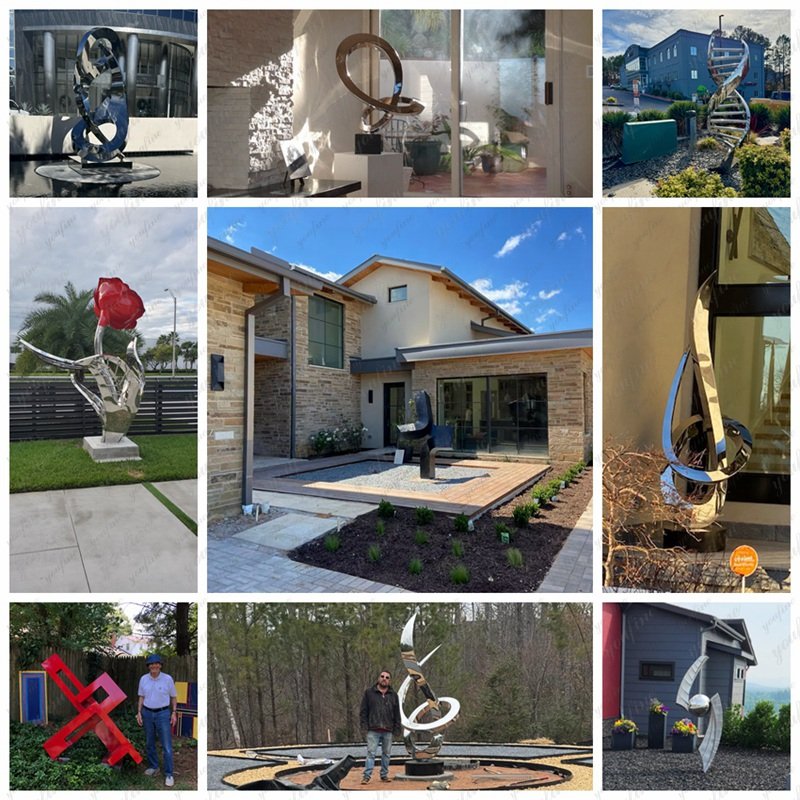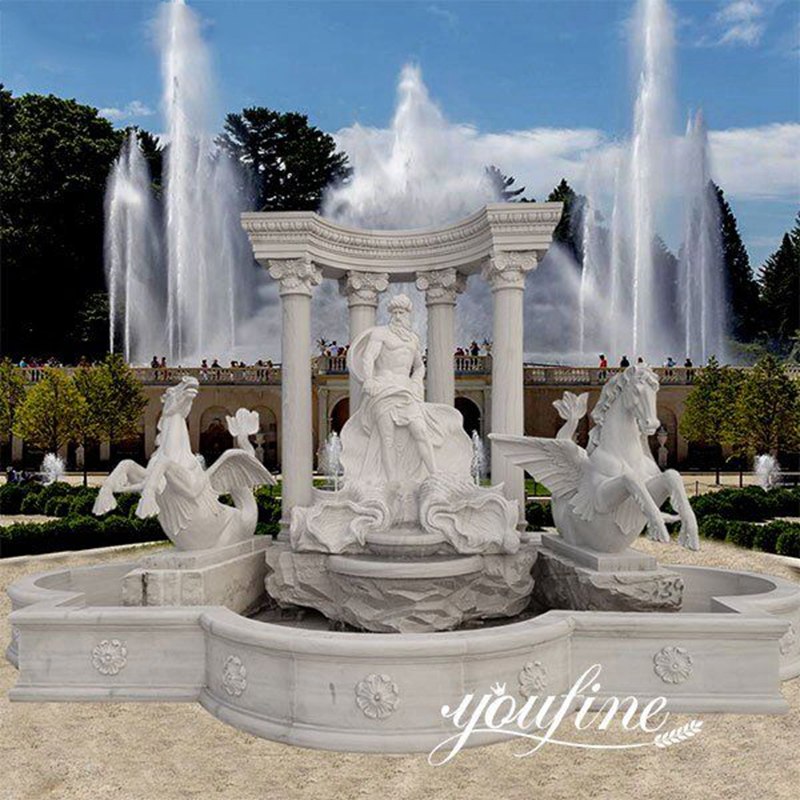Stainless steel is a widely used material in sculpture and construction due to its durability, corrosion resistance, and aesthetic appeal. When choosing stainless steel sculptures, it is essential to understand the differences between the most common grades: 201, 304, and 316. Each of these materials has unique characteristics that make it suitable for different environments and applications.
Comparison of 201, 304, and 316 Stainless Steel:
The table below highlights the key differences between these three grades of stainless steel:
| Property | 201 Stainless Steel | 304 Stainless Steel | 316 Stainless Steel |
|---|---|---|---|
| Composition | – Chromium: 16-18% – Nickel: 3.5-5.5% – Manganese: 5.5-7.5% | – Chromium: 18-20% – Nickel: 8-10% | – Chromium: 16-18% – Nickel: 10-14% – Molybdenum: 2-3% |
| Corrosion Resistance | Moderate; less resistant than 304 and 316; suitable for indoor and light outdoor use. | High; effectively resists rust and corrosion; ideal for outdoor sculptures. | Superior; excellent resistance to chlorides and saline environments; best for coastal and marine settings. |
| Strength | High tensile strength; harder and more brittle; may be prone to cracking during welding. | Durable with good formability; less prone to cracking compared to 201. | Extremely durable; withstands high temperatures; less prone to surface pitting. |
| Cost | More affordable due to lower nickel content. | Moderately priced; offers a balance between cost and performance. | Higher cost attributed to increased nickel and molybdenum content. |
| Best Uses | Indoor sculptures and decorative elements where high corrosion resistance is not critical. | Outdoor sculptures general-purpose applications requiring good corrosion resistance. | Sculptures in coastal or harsh environments; marine applications. |

How to Choose the Right Stainless Steel for Your Sculpture?
Indoor Sculptures: 201 stainless steel is a cost-effective choice for indoor environments where exposure to corrosive elements is minimal. Its high strength allows for durable and intricate designs.
Outdoor Sculptures: For sculptures exposed to weather conditions, 304 stainless steel offers a good balance between corrosion resistance and affordability, making it suitable for most outdoor settings.
Coastal or Marine Environments: In areas with high exposure to saltwater or chlorides, 316 stainless steel is recommended due to its superior corrosion resistance, ensuring the longevity and integrity of the sculpture.
Selecting the right stainless steel grade for your sculpture depends on its intended location, exposure to environmental factors, and budget. If affordability is a priority and the sculpture will be placed indoors, 201 stainless steel is a suitable choice. For outdoor environments, 304 stainless steel offers a balance between cost and durability. However, if the sculpture is to be installed in a coastal or marine setting, 316 stainless steel provides the best protection against corrosion.

If you want to buy high-quality stainless steel sculptures for your indoor or outdoor space, please feel free to contact us. As a professional stainless steel sculpture factory established in 1983, we will provide you with high-quality and cost-effective stainless steel sculptures.



